14 Ways to Invest for Income Without Stocks
Here are 14 ideas for generating income in seven broad categories—and none involves any common stocks.

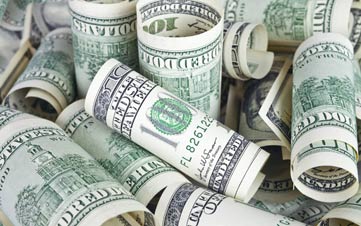
Here are 14 ideas for generating income in seven broad categories—and none involves any common stocks. As always with investment decisions, consider your overall allocation, how long you plan to invest and your tolerance for risk before you make a move.
We've listed them in order of yield from lowest to highest.
All returns and yields are through April 4.

CDs and Short-Term Bonds
- Yield: 0.4% (average for two-year CDs)
- GE Capital Bank pays 1.1% for a one-year CD with a $500 minimum. A two-year CD at Melrose Credit Union ($5,000 minimum) earns 1.4%. With short-term rates likely to rise in the next 12 months or so, you’re better off choosing the one-year maturity, even though it yields slightly less than the two-year deposit. Vanguard Short-Term Investment-Grade (VFSTX, 1.5% yield), a member of the Kiplinger 25, pays a bit more, but you might lose a bit of principal if rates rise. (Bond prices and interest rates tend to move in opposite directions.)
Certificates of deposit may not pay much interest, but you won’t lose money with them, either. That makes them good choices to stash cash that you will need within a year to 18 months.
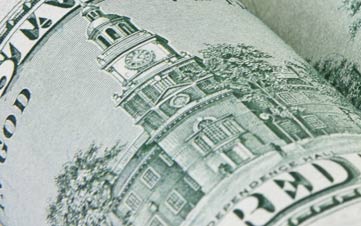
Municipal Bonds
- Yield: 1.9% (intermediate-maturity bonds)
If you’re in a high tax bracket, municipal bonds, which pay interest that is generally free from federal income tax (and often state and local income taxes), can be more lucrative than taxable bonds of similar credit quality and maturity.
For instance, a ten-year, triple-A-rated muni bond typically yields about 2.3%. For someone in the highest federal tax bracket, that is the equivalent of 4.1% from a taxable bond. Even if you’re in the lower, 28% federal bracket, your taxable-equivalent yield would be 3.2%, which beats the taxable 2.7% yield of ten-year Treasuries and the 3.1% yield of comparable corporate IOUs.
Our favorite tax-free bond fund, Fidelity Intermediate Municipal Income (FLTMX), invests mostly in high-quality bonds; more than half of the fund’s assets are invested in bonds of triple- or double-A quality with maturities of five years or more. The fund, a member of the Kiplinger 25, yields 1.9%, which is a taxable-equivalent yield of 3.4% for those in the highest income tax bracket.
We also like USAA Tax Exempt Intermediate-Term Fund (USATX). Its 2.3% yield works out to a 4.1% taxable-equivalent yield for top-bracket investors. The fund’s managers goose the yield a little by focusing on the lower rung of investment-grade bonds.
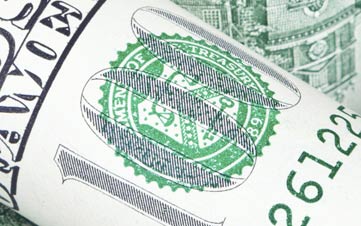
Intermediate-Term Bonds
- Yield: 2.4% (investment-grade index)
- Fidelity Total Bond (FTBFX, 2.8%), another Kip 25 fund, holds mostly a mix of high-grade corporate bonds, government bonds and mortgage securities. At last word, it also had 14% of its assets in junk bonds.
The longer a bond’s maturity, the more it usually yields, but the more vulnerable it is to higher rates.
The best trade-off between risk and yield is in the middle of the maturity spectrum. The typical taxable, intermediate-term bond fund yields 2.1%. But you’ll get more with Vanguard Intermediate-Term Corporate Bond ETF (VCIT, 3.3%), an exchange-traded fund. It holds mostly investment-grade debt in bonds of five- to ten-year maturities, but half of the fund is invested in the lower end of the investment-grade spectrum (debt rated triple-B). The fund’s annual fee of 0.12% scrapes near the bottom.

Floating-Rate Loans
- Yield: 3.4% (average for bank-loan funds)
Rising interest rates are bad news for most bonds, but not this kind of security: The rates on these loans, which banks typically make to companies with below-investment-grade credit ratings, move in step with the market.
That’s because they are tied to a short-term benchmark and reset every 30 to 90 days. Because the borrowers have above-average credit risk, we like funds that tilt toward better-quality or widely traded loans. Fidelity Floating Rate High Income (FFRHX, 2.6%) has an average credit quality of double-B, better than the single-B average quality for the category.
PowerShares Senior Loan Portfolio (BKLN, 4.2%), an ETF, tracks an index of the 100 largest and most widely traded bank loans.
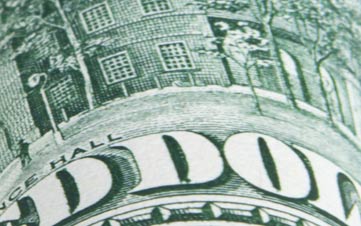
High-Yield Bonds
- Yield: 5.2% (average for junk bonds)
Debt rated double-B or lower, or junk bonds, can be risky.
But default rates, arguably the biggest risk with high-yield debt, are at 20-year lows and likely to stay low as the U.S. economy improves. And that’s a boon to junk bond funds. USAA High Income (USHYX, 4.7%) has consistently turned in above-average returns without taking on undue risk. Over the past decade, it has been less volatile than its peer group. About 70% of the fund’s assets recently sat in bonds rated double-B or single-B (par for the category), but it also had about 15% in investment-grade debt.
For a bit more yield, reach no further than SPDR Barclays High Yield Bond (JNK, 4.9%), an ETF that tracks an index of widely traded junk bonds and charges an annual fee of just 0.4%.
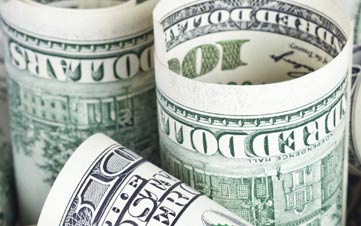
Emerging-Markets Debt
- Yield: 5.8% (emerging-markets bond index)
- PowerShares Emerging Markets Sovereign Debt Portfolio (PCY, 5.1%) has several things working in its favor. It focuses on dollar-denominated debt, a more stable way to invest in these securities, and its 0.50% annual expense ratio is below-average for its peer group. We like, too, that its portfolio is spread roughly evenly among 23 countries, with each accounting for 4% to 5% of the fund’s assets.
With slower growth in China, political turmoil in Brazil and Turkey, and Russia’s annexation of part of Ukraine, it’s no wonder that emerging-markets securities performed poorly last year. But things are looking brighter: In the first quarter of 2014, emerging-markets bonds returned 2.9%, beating the U.S. bond market by a full percentage point. And their yields are hard to beat.
Our favorite emerging-markets debt fund is Fidelity New Markets Income (FNMIX, 5.4%), a member of the Kiplinger 25. Longtime manager John Carlson focuses on dollar-denominated debt, a more stable way to invest in these securities because foreign currencies tend to be volatile. Over the past decade, New Markets Income returned 9.2% annualized, beating its typical peer by an average of 1.2 percentage points a year.
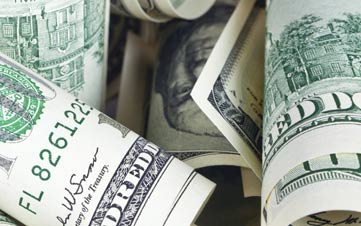
Preferred Shares
- Yield: 6.7% (average of preferred stocks)
These hybrid investments behave more like bonds than stocks. Befitting securities with extra-high yields, preferreds carry above-average risks. First, most are issued by financial firms, so funds that focus on preferred stocks tend to be heavily invested in that sector. And because preferreds pay fixed dividends, they tend to lose value when interest rates rise. In 2013, just the possibility of a rise in rates sent preferreds tumbling. But the selloff enhanced the group’s appeal. As share prices fell, yields rose.
The best way to invest in this sector is through an ETF. PowerShares Preferred (PGX, 6.4%) has the top three-year return of all preferred-stock ETFs: 6.6% annualized. It charges 0.50% in annual fees.
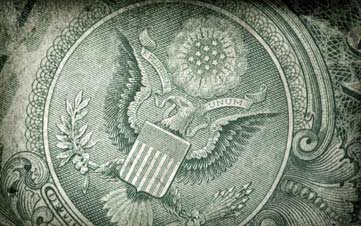
More from Kiplinger
Profit and prosper with the best of Kiplinger's advice on investing, taxes, retirement, personal finance and much more. Delivered daily. Enter your email in the box and click Sign Me Up.

Nellie joined Kiplinger in August 2011 after a seven-year stint in Hong Kong. There, she worked for the Wall Street Journal Asia, where as lifestyle editor, she launched and edited Scene Asia, an online guide to food, wine, entertainment and the arts in Asia. Prior to that, she was an editor at Weekend Journal, the Friday lifestyle section of the Wall Street Journal Asia. Kiplinger isn't Nellie's first foray into personal finance: She has also worked at SmartMoney (rising from fact-checker to senior writer), and she was a senior editor at Money.
-
 Forget FIRE: Why ‘FILE’ Is the Smarter Move for Child-Free DINKs
Forget FIRE: Why ‘FILE’ Is the Smarter Move for Child-Free DINKsHow shifting from "Retiring Early" to "Living Early" allows child-free adults to enjoy their wealth while they’re still young enough to use it.
-
 7 Tax Blunders to Avoid in Your First Year of Retirement
7 Tax Blunders to Avoid in Your First Year of RetirementA business-as-usual approach to taxes in the first year of retirement can lead to silly trip-ups that erode your nest egg. Here are seven common goofs to avoid.
-
 How to Plan for Social Security in 2026's Changing Landscape
How to Plan for Social Security in 2026's Changing LandscapeNot understanding how the upcoming changes in 2026 might affect you could put your financial security in retirement at risk. This is what you need to know.
-
 Best Mutual Funds to Invest In for 2026
Best Mutual Funds to Invest In for 2026The best mutual funds will capitalize on new trends expected to emerge in the new year, all while offering low costs and solid management.
-
 What Fed Rate Cuts Mean For Fixed-Income Investors
What Fed Rate Cuts Mean For Fixed-Income InvestorsThe Fed's rate-cutting campaign has the fixed-income market set for an encore of Q4 2024.
-
 The Most Tax-Friendly States for Investing in 2025 (Hint: There Are Two)
The Most Tax-Friendly States for Investing in 2025 (Hint: There Are Two)State Taxes Living in one of these places could lower your 2025 investment taxes — especially if you invest in real estate.
-
 The Final Countdown for Retirees with Investment Income
The Final Countdown for Retirees with Investment IncomeRetirement Tax Don’t assume Social Security withholding is enough. Some retirement income may require a quarterly estimated tax payment by the September 15 deadline.
-
 The 24 Cheapest Places To Retire in the US
The 24 Cheapest Places To Retire in the USWhen you're trying to balance a fixed income with an enjoyable retirement, the cost of living is a crucial factor to consider. Is your city the best?
-
 Smart Ways to Invest Your Money This Year
Smart Ways to Invest Your Money This YearFollowing a red-hot run for the equities market, folks are looking for smart ways to invest this year. Stocks, bonds and CDs all have something to offer in 2024.
-
 Vanguard's New International Fund Targets Dividend Growth
Vanguard's New International Fund Targets Dividend GrowthInvestors may be skittish about buying international stocks, but this new Vanguard fund that targets stable dividend growers could ease their minds.
-
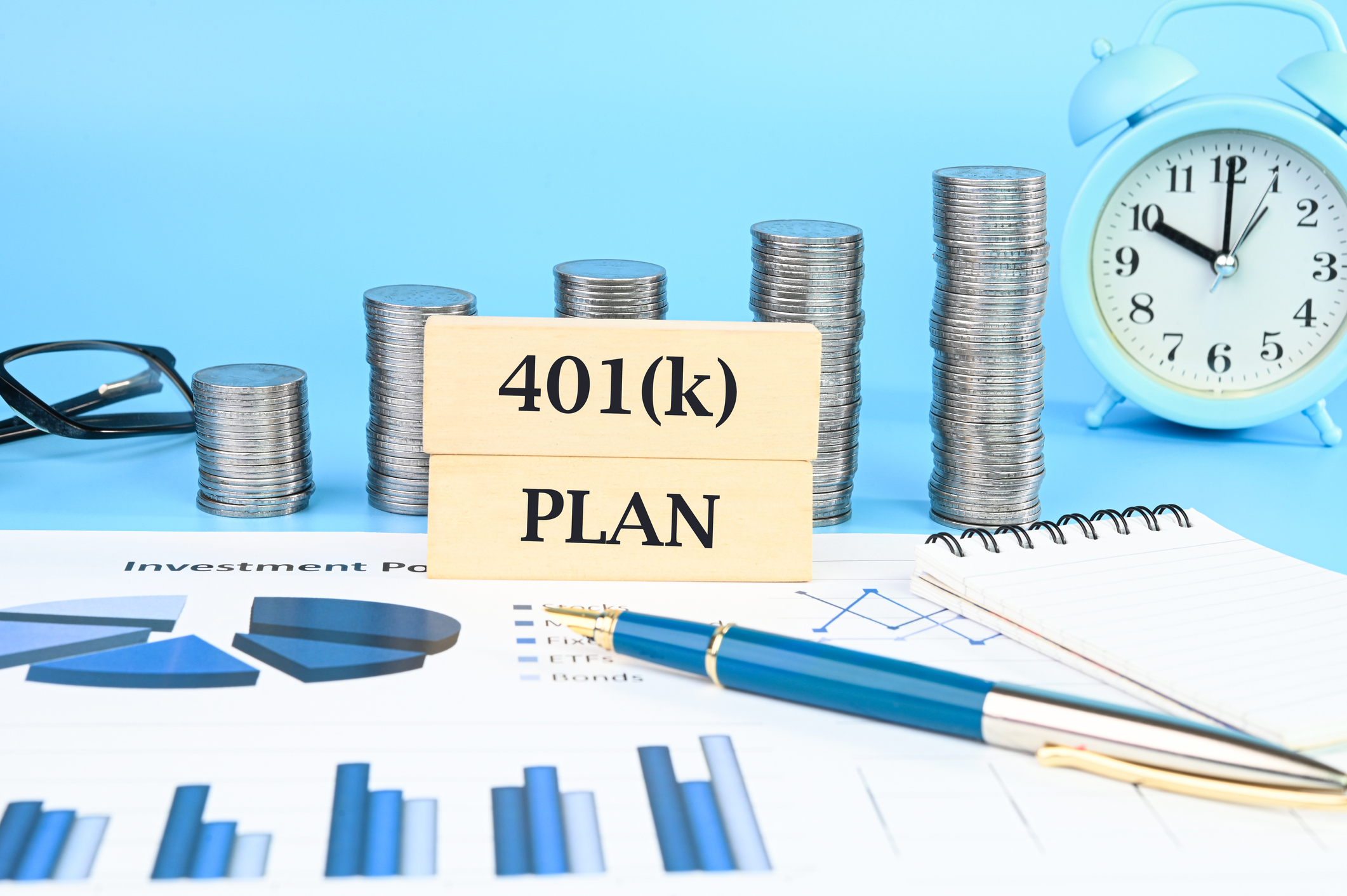 Best 401(k) Investments: Where to Invest
Best 401(k) Investments: Where to InvestKnowing where to find the best 401(k) investments to put your money can be difficult. Here, we rank 10 of the largest retirement funds.
